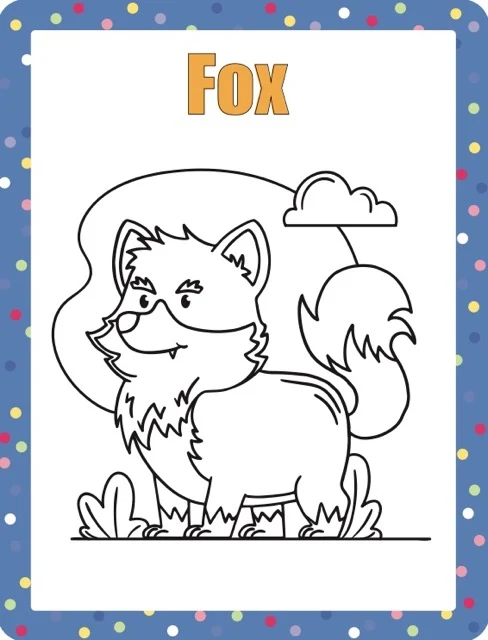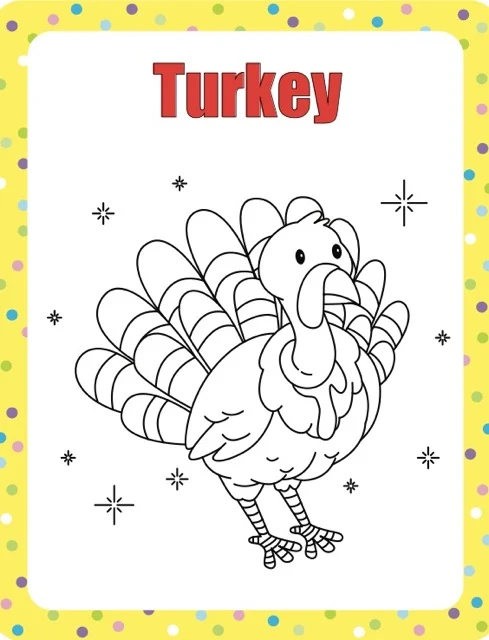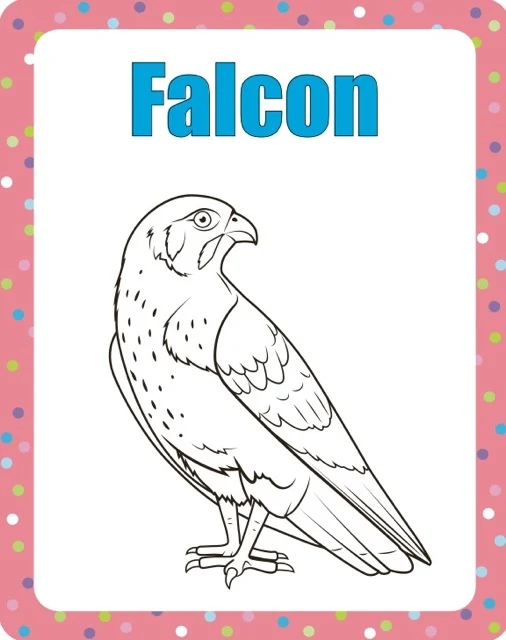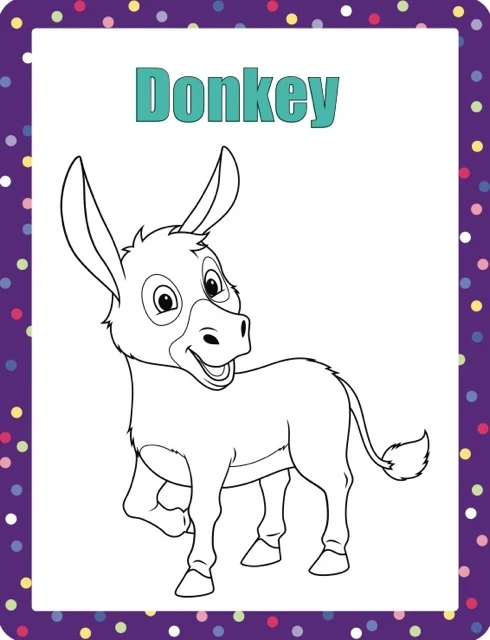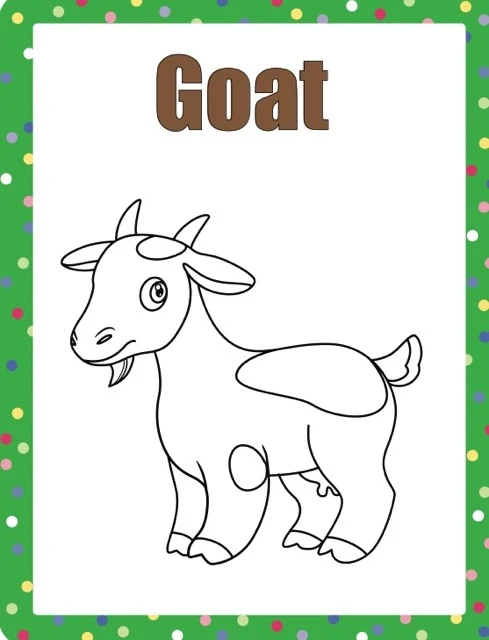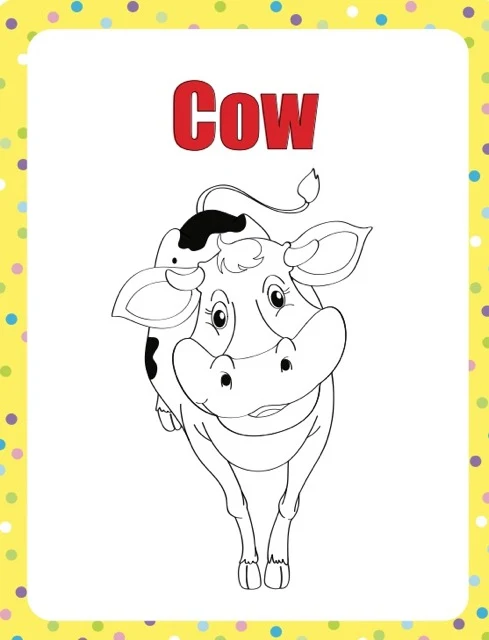100 Animals to Color: A Study Guide
The materials reviewed comprise a children's coloring book, "100 Animals to Color," and accompanying study guides designed to teach children about animal diversity. Visual learning is emphasized through colorful illustrations, supplemented by factual information and activities like quizzes and essay questions to engage students actively. The resources explore topics such as animal adaptations, ecological roles, and conservation, using specific animal examples to illustrate key concepts. While simplified, the materials offer a valuable, multifaceted approach to introduce young learners to the animal kingdom. Limitations include simplified illustrations and limited detail on each animal.
Exploring the Animal Kingdom: 100 Animals to Color
Briefing Doc: Exploring the Animal Kingdom Through "100 Animals to Color"
This briefing document analyzes the "100 Animals to Color" coloring book and its accompanying study materials, "100 Animals to Color: A Study Companion", "100 Animals to Color: A Study Guide", and "Coloring Book Animals Study Guide". These resources aim to introduce children to the diverse world of animals using a multi-faceted approach combining visual learning with factual information and thought-provoking questions.
Key Themes:
●
Animal Diversity: The collection showcases a wide range of animals, from mammals like lions and quokkas to birds like owls and pelicans, reptiles like crocodiles, insects like beetles, and aquatic creatures like dolphins. This breadth emphasizes the vastness and variety within the animal kingdom.
●
Visual Learning: The coloring book's illustrations provide a visually engaging way for children to learn about different animals and their key features. The simplified and stylized designs highlight easily recognizable characteristics.
●
Educational Engagement: The combination of coloring, quizzes, essay questions, and a glossary creates an interactive learning experience. This approach caters to various learning styles and encourages deeper understanding beyond simple identification.
●
Unique Adaptations: The materials emphasize the importance of adaptations for survival in different environments. For example, the pelican's "large pouch-like beak" is highlighted for its role in catching fish ("100 Animals to Color: A Study Companion").
●
Ecological Roles: The study guides introduce the concept of ecological roles, prompting discussion about how animals interact within their ecosystems. This is exemplified by exploring the ant's "social structure and impact on the environment" ("Testing Theme: 100 Animals to Color.pdf").
●
Conservation: The importance of protecting endangered species is a recurring theme. The materials aim to raise awareness about the threats animals face and the need for conservation efforts.
Important Ideas and Facts:
●
The study guides provide factual information about the featured animals, expanding on the visual representations in the coloring book.
●
The quizzes test basic knowledge and recall of facts, reinforcing key concepts.
●
The essay questions encourage deeper thinking and analysis, requiring students to compare and contrast animals, discuss adaptations, and explore broader themes like conservation and symbolism.
Specific Examples from the Sources:
●
Pelican: The pelican's "large pouch-like beak" is repeatedly highlighted as an example of a unique adaptation for catching fish. This visual feature from the coloring book is explained in detail in the study guides.
●
Quokka: The quokka is used to illustrate the concept of marsupials, emphasizing its relationship to kangaroos and wallabies.
●
Crocodile: The crocodile, humorously depicted wearing a baseball cap in the coloring book, provides an opportunity to discuss its habitat and diet.
●
Ant: The ant is presented as a case study for exploring social structures and the impact of a species on its ecosystem.
Overall Takeaway:
"100 Animals to Color" and its supplementary materials provide a fun and engaging introduction to the animal kingdom. By combining visual learning with factual information and stimulating questions, these resources foster curiosity, encourage interaction, and introduce fundamental concepts about animal diversity, adaptations, ecological roles, and conservation.
Limitations:
●
The coloring book's simplified illustrations may not accurately reflect the complexity of real animal appearances.
●
The information provided, while informative, might not cover every aspect of each animal in extensive detail.
Despite these limitations, the "100 Animals to Color" package offers a valuable tool for sparking a love for the natural world in young learners.
100 Animals to Color: A Study Guide
What is the purpose of the "100 Animals to Color" coloring book and study guide?
The coloring book and study guide are designed to introduce children to a diverse array of animals in a fun and interactive way. The coloring book features visually engaging illustrations of various animals, encouraging creativity and developing fine motor skills. The accompanying study guide offers quizzes, essay questions, and a glossary of terms to enhance learning and understanding of the animal kingdom.
What types of animals are featured in the coloring book?
The coloring book showcases a wide variety of animals from different classes, including:
●
Mammals: lions, tigers, elephants, quokkas
●
Birds: owls, pelicans, eagles, falcons
●
Reptiles: crocodiles, snakes
●
Insects: beetles, ants
●
Aquatic Creatures: dolphins, sharks, jellyfish
Does the study guide offer anything beyond basic animal identification?
Yes, the study guide goes beyond simple identification. It delves into important themes like:
●
Animal Diversity: Highlighting the vast range of species within the animal kingdom.
●
Unique Adaptations: Exploring specific features that help animals survive in their environments (e.g., pelican's beak).
●
Ecological Roles: Discussing the roles animals play within their ecosystems (e.g., ants' social structure and impact).
●
Conservation: Raising awareness about the importance of protecting endangered species.
Can you provide an example of how the coloring book and study guide can be used together for educational purposes?
Let's take the pelican as an example. A child can color the pelican illustration in the coloring book. Then, using the study guide, they can learn about the pelican's unique pouch-like beak and how it helps the bird scoop up fish. The study guide might also include a quiz question about the pelican's adaptation, further reinforcing the concept.
Are there any limitations to the information presented in the coloring book and study guide?
Yes, there are some limitations. The coloring book primarily focuses on visual representation and provides limited factual information about each animal. The illustrations are simplified and cartoon-like, which may not accurately reflect the complexity of real animal appearances. The study guide, while informative, may not cover every aspect of each animal in extensive detail.
What is the significance of the "Briefing Doc: Exploring the Animal Kingdom"?
The briefing document serves as a summary and analysis of the key themes and information found in both the coloring book and study guide. It highlights the main learning objectives and provides specific examples from the sources to illustrate these points.
How do the "Short Answer Quiz" and "Essay Questions" enhance the learning experience?
The "Short Answer Quiz" tests basic knowledge and recall of facts from the coloring book and study guide. The "Essay Questions" encourage deeper thinking and analysis, requiring students to compare and contrast different animals, discuss adaptations, and explore broader themes like conservation.
What is the overall takeaway from the "100 Animals to Color" and its study guide?
The coloring book and study guide offer an accessible and engaging introduction to the animal kingdom, fostering visual learning, encouraging educational interaction, and introducing fundamental concepts about animal diversity, adaptations, and conservation. They are valuable tools for sparking curiosity and promoting a love for the natural world.
100 Animals to Color: A Study Companion
100 Animals to Color: A Study Companion
Short Answer Quiz
1.
What distinctive feature does the pelican use to catch fish?
2.
What type of animal is the quokka most closely related to?
3.
What kind of habitat does the crocodile typically live in?
4.
What is the scientific name for the T-Rex?
5.
What is a group of owls called?
6.
Which animal in the coloring book is shown eating bamboo?
7.
Which animal in the coloring book is wearing a baseball cap?
8.
What type of diet does a falcon primarily have?
9.
How many legs does a beetle typically have?
10.
Which animal is known for its black and white stripes?
Short Answer Quiz: Answer Key
1.
The pelican uses its large pouch-like beak to scoop up fish.
2.
The quokka is a marsupial, most closely related to kangaroos and wallabies.
3.
Crocodiles typically inhabit freshwater rivers, lakes, and wetlands.
4.
The scientific name for the T-Rex is Tyrannosaurus Rex.
5.
A group of owls is called a parliament.
6.
The panda is shown eating bamboo in the coloring book.
7.
The crocodile is depicted wearing a baseball cap in the coloring book.
8.
Falcons are carnivores, their diet primarily consisting of birds and small mammals.
9.
Beetles typically have six legs.
10.
The zebra is renowned for its distinctive black and white stripes.
Essay Questions
1.
Compare and contrast the physical characteristics and habitats of the lion and the tiger.
2.
Discuss the unique adaptations of the dolphin that allow it to thrive in an aquatic environment.
3.
Explore the role of the ant in its ecosystem, considering its social structure and impact on the environment.
4.
Analyze the symbolic significance of animals in various cultures, drawing examples from the animals featured in the coloring book.
5.
Discuss the importance of conservation efforts in protecting endangered species, referencing specific examples from the coloring book if applicable.
Glossary of Key Terms
●
Carnivore: An animal that primarily eats meat.
●
Ecosystem: A community of living organisms and their physical environment interacting as a functional unit.
●
Endangered Species: A species at risk of extinction due to a decline in population size or habitat loss.
●
Habitat: The natural environment in which an organism lives.
●
Herbivore: An animal that primarily eats plants.
●
Marsupial: A mammal whose young are born incomplete and develop in a pouch on the mother's abdomen.
●
Omnivore: An animal that eats both plants and meat.
●
Predator: An animal that hunts and kills other animals for food.
●
Prey: An animal that is hunted and killed by another animal for food.
●
Species: A group of organisms capable of interbreeding and producing fertile offspring.
